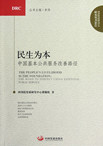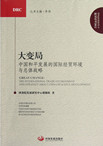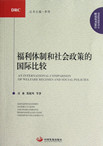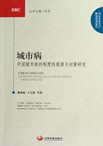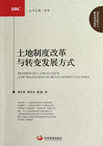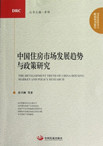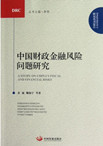People's Livelihood is the Foundation: The Road to Perfect China Essential Public Service
2012-09-26
People's livelihood and basic public services cover different areas, have different features and laws, and face different problems.This book analyses and studies the areas of public service and puts forward suggestions on reform.
Great Change: The International Trade Environment and Strategy about China's Peaceful Development
2012-09-26
The book covers the prospect analysis of global economic growth, the external environment for China's peaceful development, and the external environment for China's investment abroad.
An International Comparison of Welfare Regimes and Social Policies
2012-09-26
The development-oriented welfare regime strikes a balance between economic growth and welfare improvement. It better conforms to the political, economic and social situation of newly-industrialised countries. Since it raises moderate requirements for government management and organisation ability, and doesn't make a commitment in pension and healthcare, it can help adapt to fierce global competition and unstable peripheral security.
Urban Disease: An Institutional Analysis of China's 'Urban Disease'
2012-09-26
The book consists of six chapters: urban development vision and characteristics and the trend of urbanization in China; the manifestation of China's urban disease and its direct causes; an institutional analysis of China's "urban disease"; international experience and lessons; domestic experience and lessons; and cure for urban disease.
Reform of Land System and Transition of Development Pattern
2012-09-26
The book discusses the relationship between China's land system and economic growth under the land-driven development model.It analyzes the basic features of China's current land system, the formation of land finance and its effect on local governments, and the influence of the current land system on the economy.
The Development Trend of China Housing Market and Policy Research
2012-09-26
The book reviews and evaluates China’s housing system reform, the problems and countermeasures in the construction of low-rent and affordable housing, residential construction analysis, and China’s residential investment forecasts in the next decade.
A Study on China's Fiscal and Financial Risks
2012-09-26
The book makes a preliminary study on China’s fiscal and financial risks, focusing on the current risks in the fiscal and financial sectors, including government debts, financial regulation, the liquidity of the money supply and systematic risks in banking.






